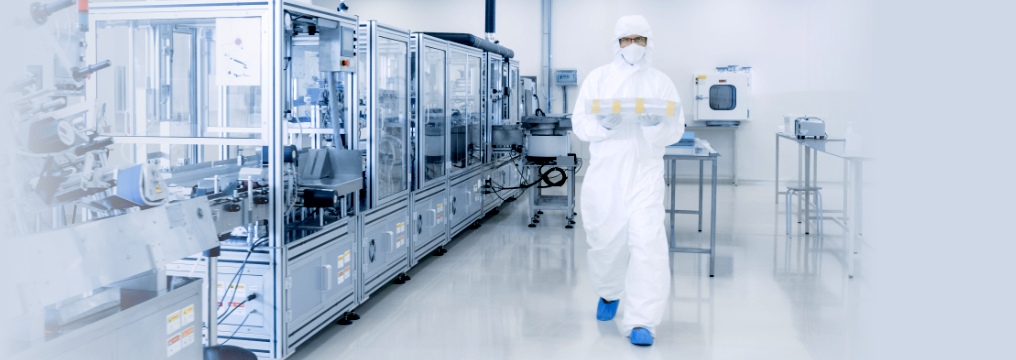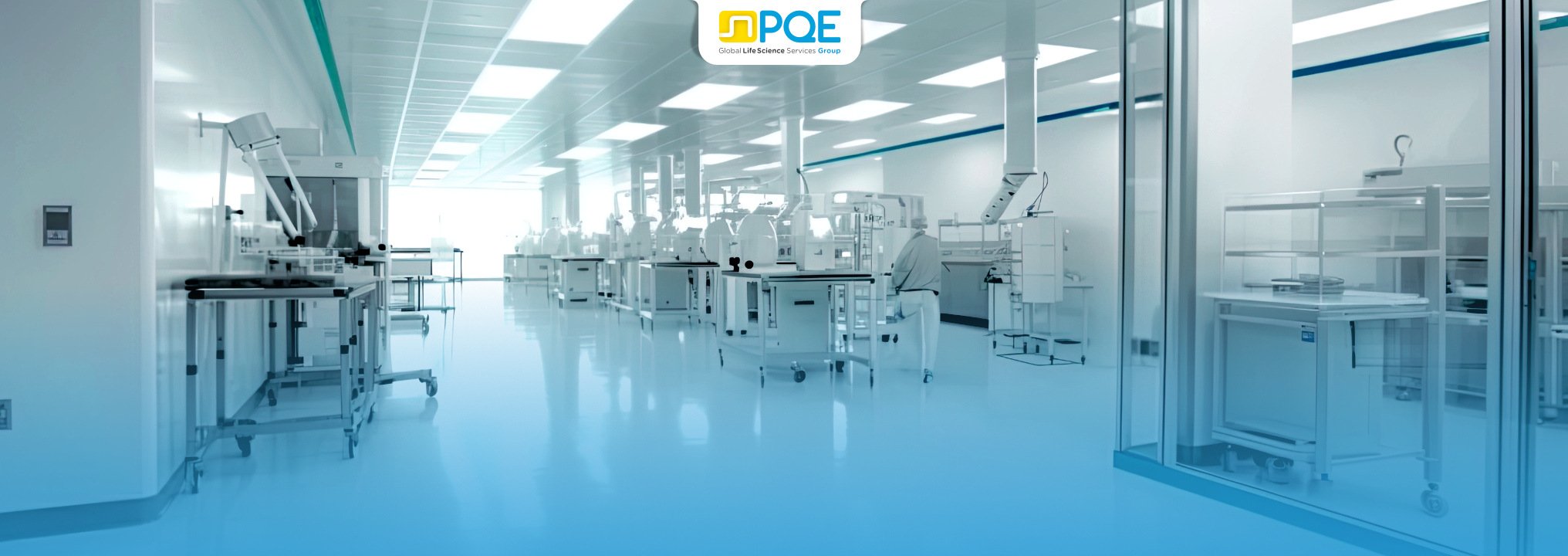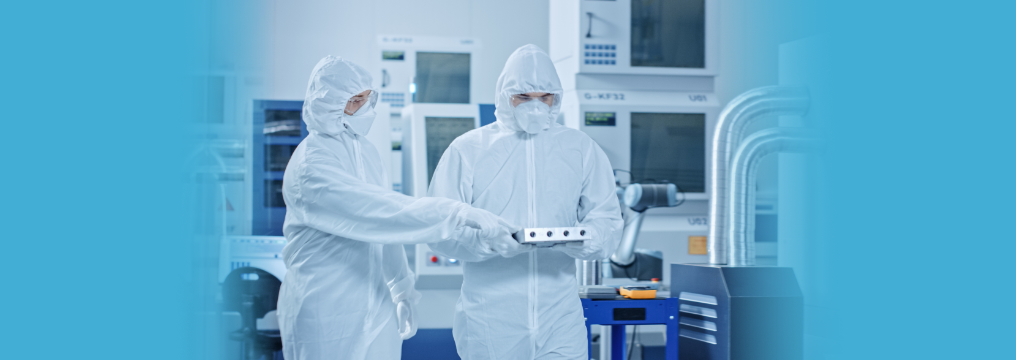PQE Group staff comprises experienced and skilled experts that can support you in the goal for compliance in every aspect of your aseptic manufacturing: sterility assurance strategies, quality compliance, microbial monitoring, cleanroom design and revamping, equipment qualification, critical system validation, analytical methods selection and validation, and many others.
Visit our Commissioning & Qualification services page or contact us to find the most suitable solution for your company.





